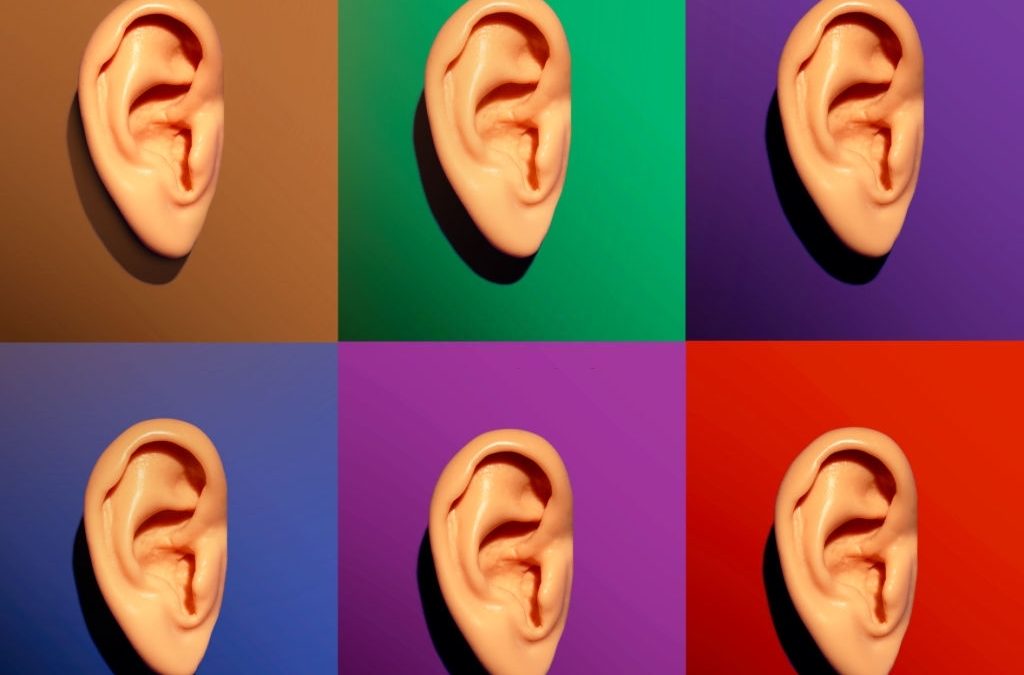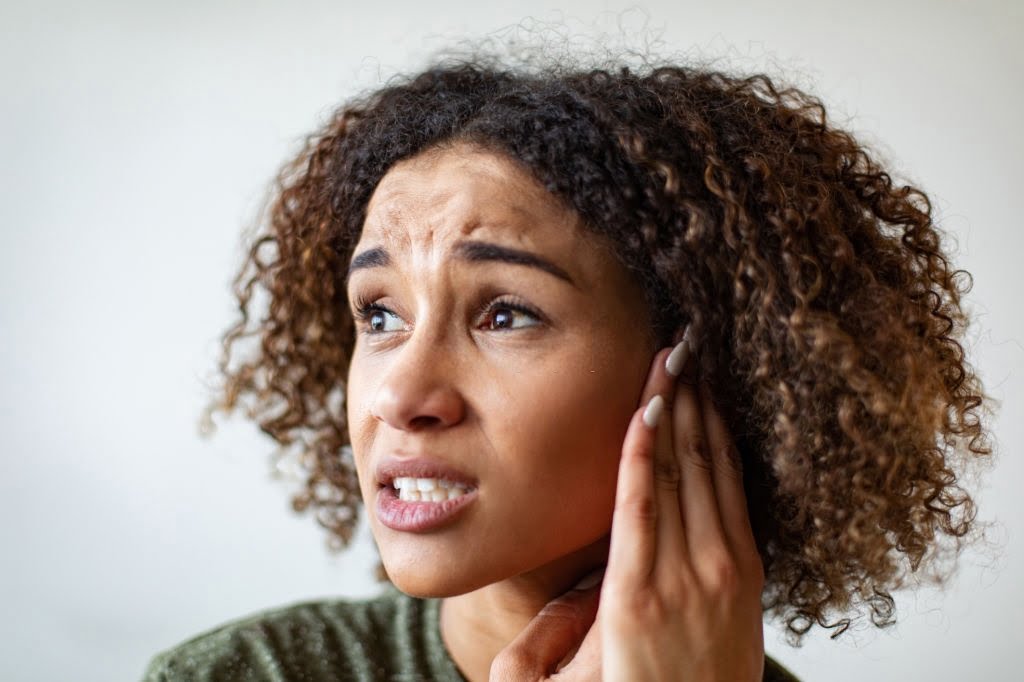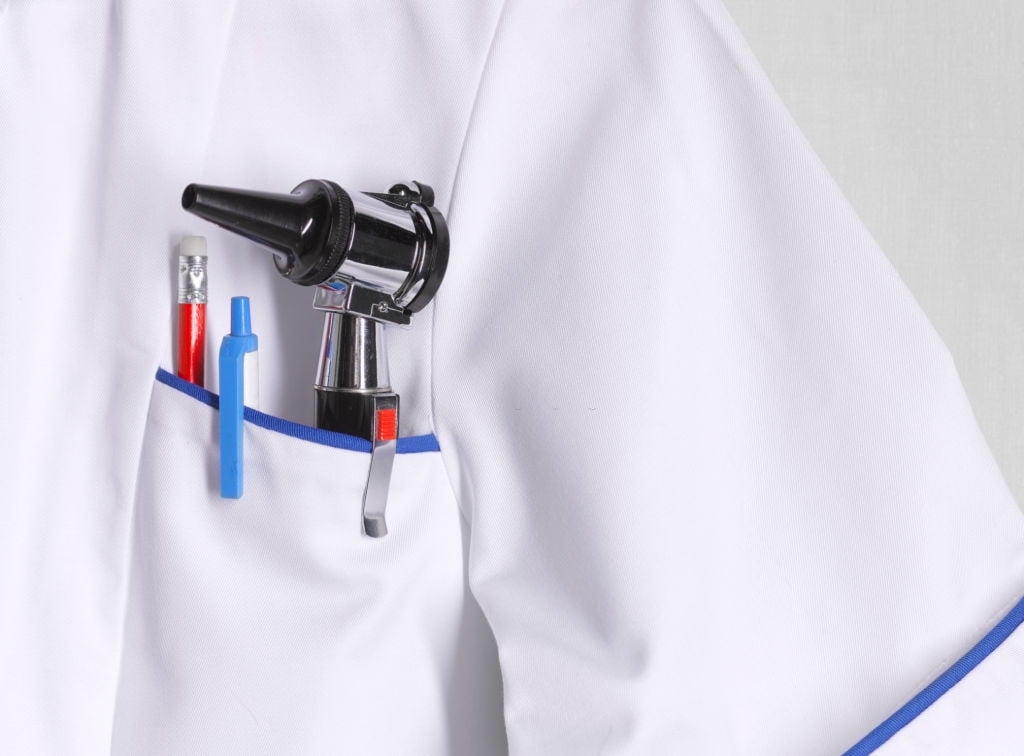The medical term for ear drainage is Otorrhea. For drainage to occur from the middle ear into the ear canal, there has to be a connecting path.
The connecting path could be formed due to a perforation in the eardrum or a previously placed tube in the ear.
When Otorrhea occurs, it is usually as a result of an ear infection. Otorrhea could also be due to an outer ear infection like Swimmer’s Ear or fungal infection of the ear canal.
There are different ear drainage types, with the most common being the earwax that keeps the ear clean and healthy. Other types include blood, clear fluid, and pus.
If you notice any ear discharge after a head injury, seek medical attention immediately. It may signal a ruptured eardrum or infection.
Types and Causes of Otorrhea
1. Earwax
Earwax is common. It could be white, yellow, or brown. The ear produces earwax naturally to keep the ears clean and healthy and also protect them from infection. When earwax mixes with water during bathing or swimming, it can look like a runny discharge.
2. Clear fluid
Clear fluid drainage could be due to water accumulation after a swim or bath. Water in the ear can be dried up using a hairdryer. Hold the dryer away from your ear on a low heat setting or use a towel.
If any clear fluid drainage continues for more than 24 hours, seek medical attention immediately.
3. Blood
An injury or scratch in the ear canal can result in a small amount of blood flowing out of the ear. If a person has a ruptured eardrum, they may notice blood from the ear.
The eardrum can rupture if something creates a hole in it. An ear infection can put pressure on the eardrum, causing it to rupture.
A loud noise close to the ear can also rupture the eardrum; an object inserted too far can puncture the eardrum.
4. Pus or cloudy fluid
Pus or cloudy fluid discharge is a clear sign of an ear canal or middle ear infection. An infection in the middle ear is referred to as Otitis Media. An ear infection can be caused by cold flu or an injury to the ear.
Diagnosis
When you visit an ENT doctor, he will use an otoscope to examine the ear and try to identify the cause of the drainage. The doctor may decide to use a pneumatic otoscope that produces a puff of air to reveal the eardrum’s movement in response to pressure.
This test can show if there’s a fluid build-up behind the eardrum. Additionally, tympanometry (another type of hearing test) can help to determine the health condition of the middle ear.
During the visit, the doctor may also test your hearing or use a tuning fork to test your hearing levels.
Treatment
In treating Otorrhea, doctors will administer antibiotics for some types of infection, which can be taken orally or as ear drops, depending on where the infection is located.
To help stop the pain, doctors can advise you to use a warm compress on the ear or take pain relievers like ibuprofen.
Prevention
Otorrhea can be prevented by taking active steps to care for your ears.
- Use earplugs when swimming to stop water from entering your ears, thereby preventing infection
- If you need to blow your nose, do so gently, not forcefully
- Carefully dry the outside of your ears when they wet after bathing, swimming, etc.
- Don’t insert objects into the ear
In a Nutshell
Finally, Otorrhea isn’t a case to be taken lightly. If you or your child starts having drainage from the ear, you should see a doctor immediately for a check-up.
Sometimes, a hearing test will be done to check if Otorrhea has affected your level of hearing. If it has, hearing aids may be prescribed by your audiologist.



